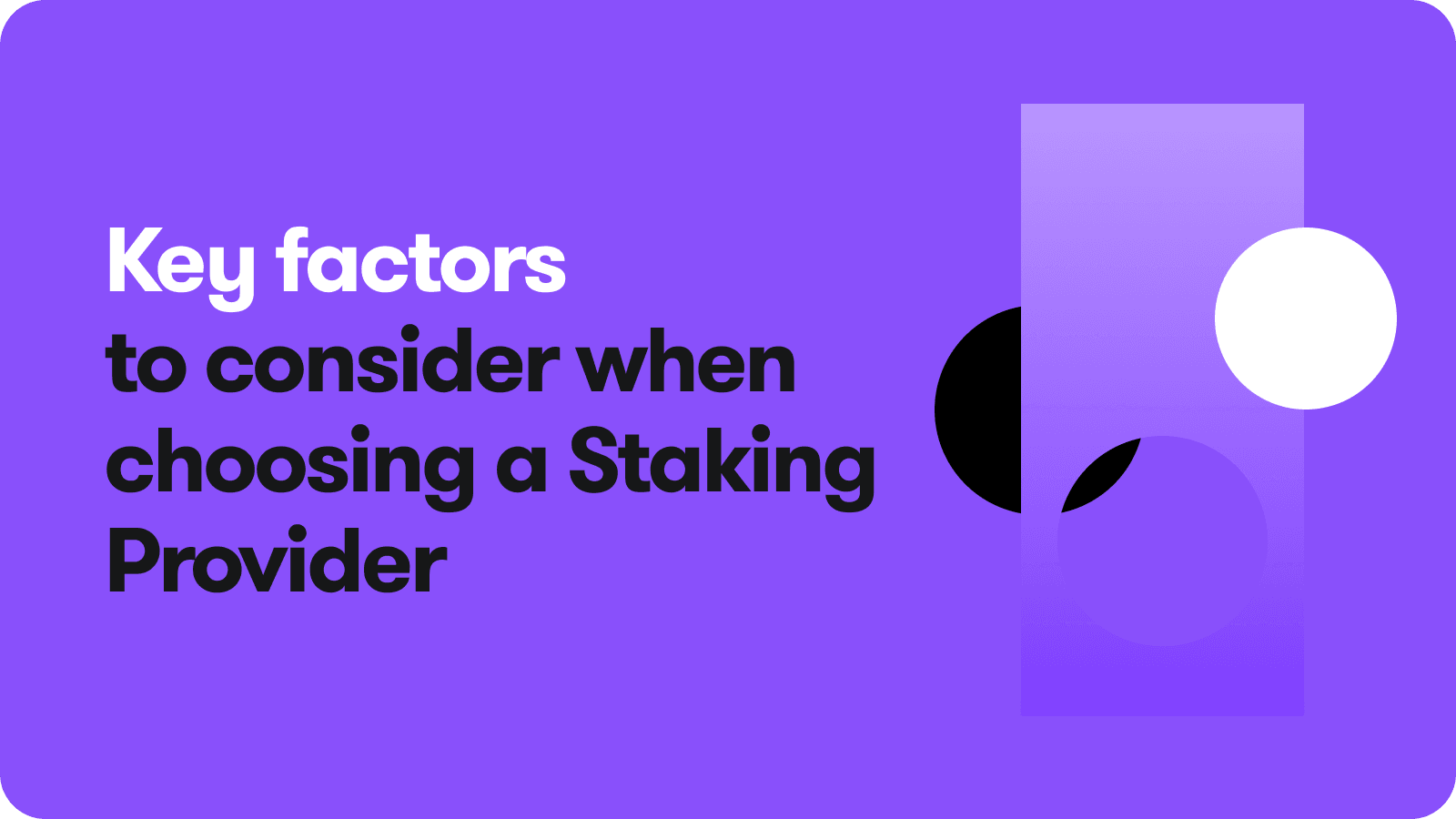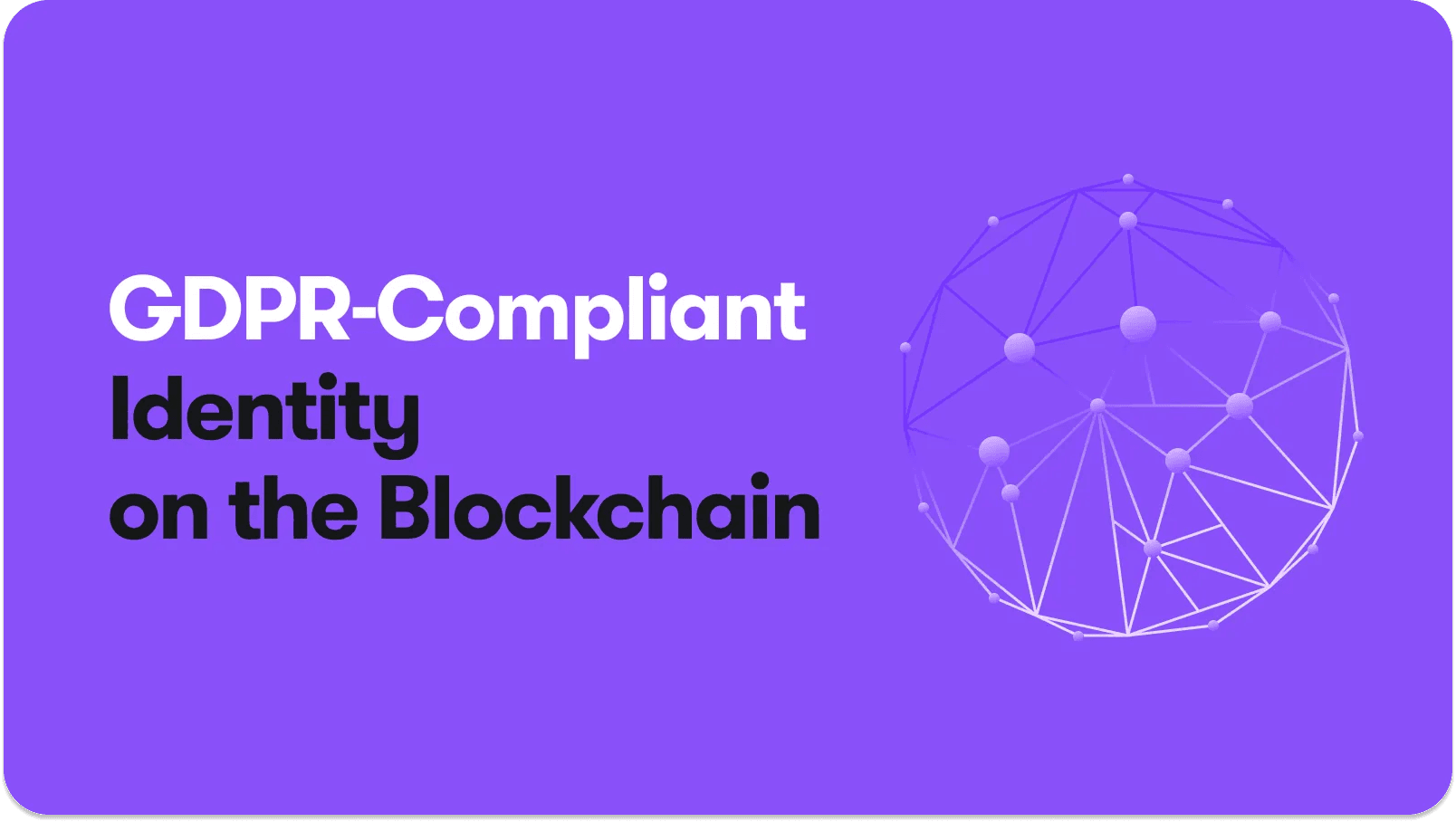In DeFi, staking is a popular method of earning passive income on digital assets. It involves locking coins on the network for a specific period. By doing so, coin holders help verify new blocks, contribute to network security, and earn rewards in return.
Solo staking is a relatively complex process. It typically requires technical knowledge to set up a node and a comparatively large amount of crypto. For example, staking on Ethereum requires locking 32 ETH.
Fortunately, there are simpler methods with lower entry barriers. Users can delegate their assets to a staking provider, which performs the staking on their behalf. However, how to choose the right provider? This guide reviews the key factors to consider when selecting a network validator to help you make an informed decision.
What is a Staking Provider?
A staking provider is an individual or company that enables users to participate in cryptocurrency staking without running their own validator nodes. These providers stake tokens on behalf of users and handle the entire infrastructure, including node setup, operation, and maintenance.
Cryptocurrency holders with smaller amounts or limited technical knowledge often find such services especially useful. In this way, staking providers help make staking more accessible to a wider audience.
Key Types of Staking Providers
Staking providers can be categorized into three main types, each offering different levels of control, risk, and convenience:
- Centralized exchanges
Platforms such as Coinbase, Kraken, Binance, and HTX offer staking as a built-in feature. These services are user-friendly and require no technical setup.
However, such platforms are custodial by nature. This means that users have no control over their private keys, which may result in money losses in case of a hack.
- Non-Custodial Staking Platforms (Infrastructure-as-a-Service)
Platforms like P2P.org, Chorus One, and Everstake provide validator infrastructure that allows users to delegate their tokens while retaining full control of their private keys. Staking is done directly through personal wallets like MetaMask, and rewards are automatically sent to the user’s address.
However, using these services typically requires some technical knowledge such as managing crypto wallets and choosing reliable validators. Also, if a validator underperforms or behaves maliciously, it can lead to slashing, resulting in partial loss of funds.
- Liquid Staking Platforms
Platforms like Lido and Rocket Pool allow users to stake assets while retaining liquidity, meaning the assets can still be used in other DeFi activities. In return for staking, users receive derivative tokens (e.g., stETH) that represent their staked assets. These tokens can be traded or used in DeFi applications.
While users retain custody of their funds, they must still handle various technical aspects, which can be complex. Moreover, vulnerabilities in smart contracts could be exploited by hackers, potentially resulting in financial losses.
What to Look for in a Staking Provider
No matter which type of staking provider you choose, it’s crucial to conduct thorough research before entrusting them with your funds. Key factors to consider include:
- Uptime and reliability
- Past performance and track record: Ensure the provider actively participates in block production and maintains a consistent uptime record, indicating strong technical performance.
- Slashing history: Check whether the provider has ever been penalized for misbehavior.
- Redundancy measures: Look for backup systems and fail-safes to minimize downtime and protect rewards.
- Security Standards
- Security practices: The provider should use encryption, secure key management, and other best practices to protect the infrastructure from hacks.
- Insurance: Reliable providers offer insurance in case of slashing events. Look out for blockchain-based Proof of Reserves or fiat certificates granted by third-party organizations.
- Transparent Fees
- Commission structure: Ensure the provider clearly lists all fees on the official website to understand your actual returns. Note that lower rates aren’t always better, as they could indicate lower service quality or hidden charges.
- Additional costs: Look for extra fees related to deposits, withdrawals, or internal transfers, as these can affect your net returns.
- The offered returns: Be cautious of unrealistically high ROI claims, as they may signal a scam or an unreliable provider.
- Infrastructure
- Multi-chain support: Support for multiple networks can simplify staking across different assets on one platform.
- Advanced configurations: Some providers allow advanced users to customize their staking setup, such as validator configurations, automation scripts, and performance alerts.
- Geographic distribution: Staking providers with distributed infrastructure are less prone to localized outages. Ensure that the provider you select doesn’t host all nodes with a single cloud provider or in a single region.
- Community Trust and Reputation
- User reviews: Search for user reviews on third-party platforms like Reddit or TrustPilot, as they may highlight both strengths and weaknesses of the selected platform.
- Transparent reports: Verify that the provider regularly releases reports on their activities, demonstrating accountability and a commitment to transparency.
Conclusion
Staking has become an essential part of the DeFi ecosystem, as it offers users passive income with much more lucrative returns compared to traditional banks. Staking providers simplify the process for end-users by providing infrastructure and taking all the technical issues on themselves.
Selecting the right provider requires careful evaluation since real funds are at stake. By doing your due diligence, you can stake confidently and maximize your rewards while minimizing potential risks.
Other blog posts
Want to read more? Discover our other articles below!




